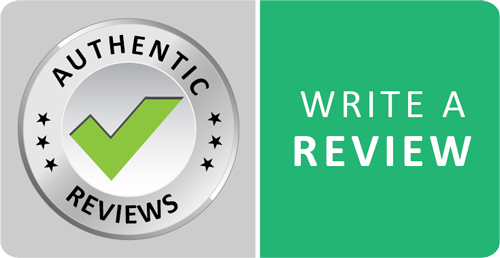The U.S. Supreme Court’s 2014 “Alice ruling” has had a powerful ripple effect throughout the software industry. Nearly two years later, concrete definitions for critical concepts like “abstract idea” and “significantly more” are not in place. Court rulings have overturned a number of patents.
For software developers, inventors, and patent holders, it’s created an unclear path forward.
Alice and the looking glass
Alice Corp. vs. CLS Bank centers around four patents held by the Alice Corp. The patents were for a computerized process for providing electronic escrow services for online transactions. The question before the Supreme Court was whether those patents were entitled to patent protection or were merely “abstract ideas” and therefore not protected under patent law. CLS Bank had claimed the patents were invalid and unenforceable, while Alice
countersued for patent infringement. Federal appeals courts vacated the ruling before it was reinstated in a fractured 10-judge
en banc decision.
In a unanimous
decision, the Supreme Court
ruled that abstract ideas were insufficient for transforming an idea into a patentable product. Further the court ruled that instructing a computer to implement an abstract idea is also not patentable. Courts have used the “significantly more” approach to similar patent claims indicating that to be eligible, patent applications must demonstrate doing something “significantly more” than an abstract idea itself.
Chilling effects
Following the ruling there were a number of stories in the press about how detrimental it was software patents, with a number of patents being invalidated. In fact, in the months immediately following the decision, only 12 of 72 patents reviewed by federal courts withstood challenges related to the Alice ruling, with another seven deferred. However, a late 2015
study found some nuances to the concerns raised. The study showed that the number of issued patents rose in 2014, particularly in the automotive and technology areas. However, in one key patent class — 705 — which covers business methods, issued patents had fallen by 50 percent.
The U.S. Patent and Trademark came out with
guidelines and a later
update to help patent examiners and others make determinations. Basically, the guidelines indicate that if the patent claim relates to a process, machine, or the manufacture or composition of matter, it can be considered for a patent (although there are additional hurdles to cross). Unfortunately, while are now some examples of what constitutes an “abstract idea,” there is still no clear definition. Similarly, there is no clear set of guidelines as to what “significantly more” means.
The
Alice opinion and its interpretations have muddied the waters for all involved in the software patenting process. However, the tide may be shifting. Some attorneys predict that the federal courts will begin
loosening the reins when it comes to Alice interpretation. For inventors and patent applicants, that clearing of the waters is welcome.



